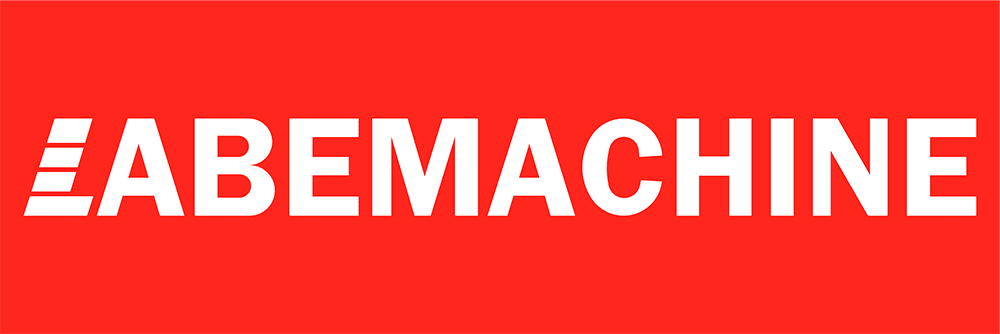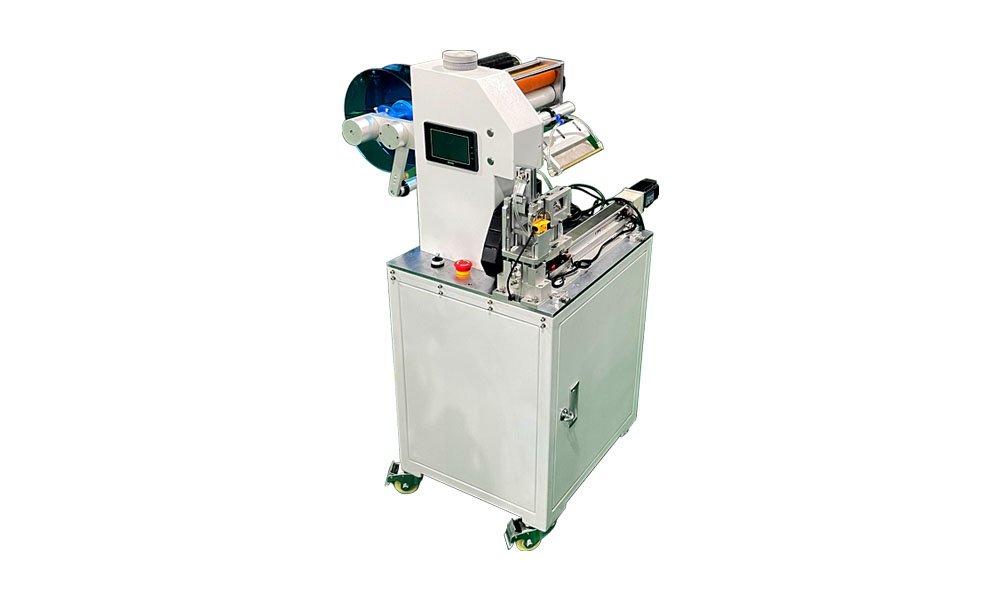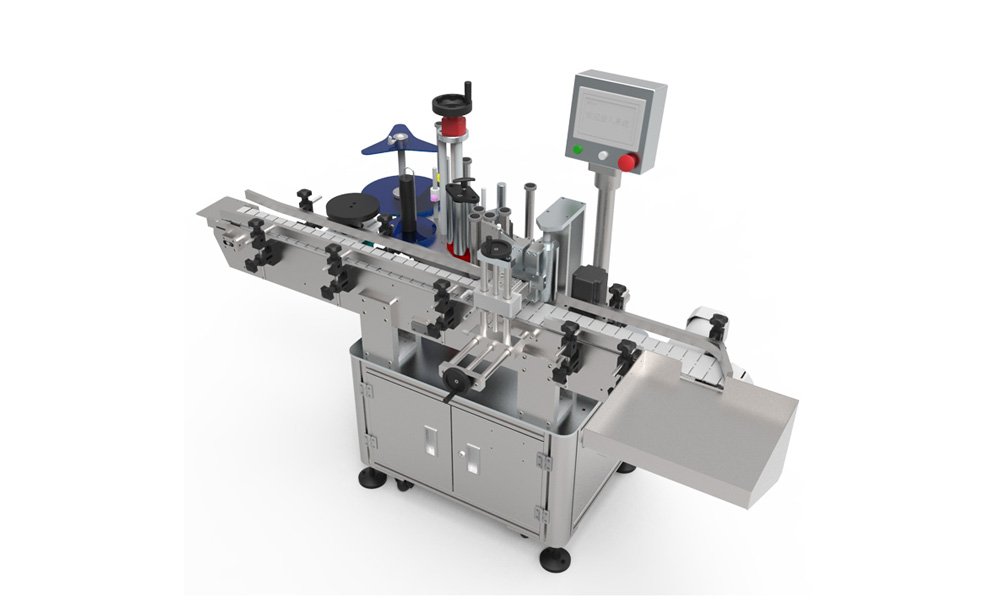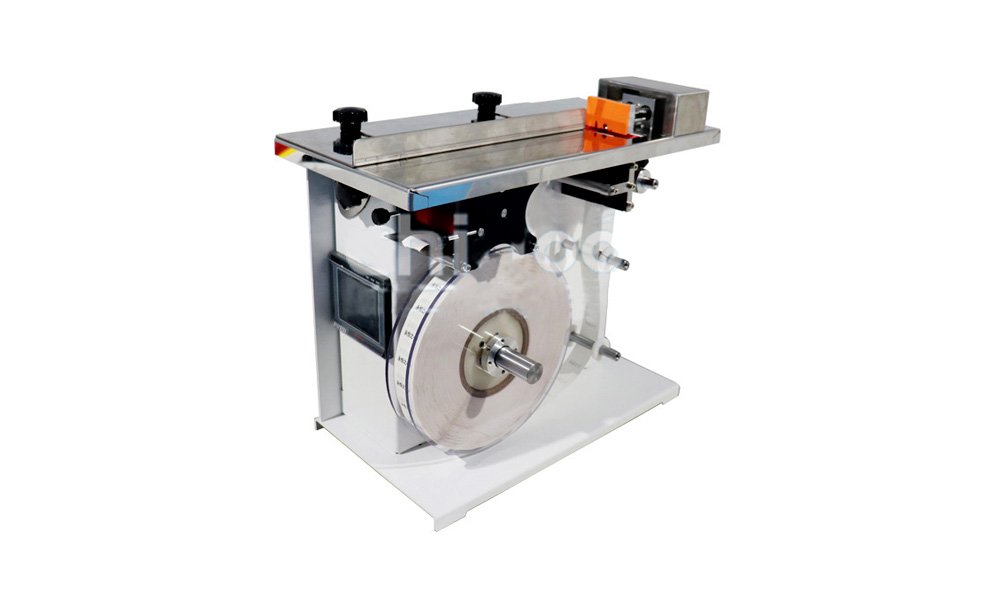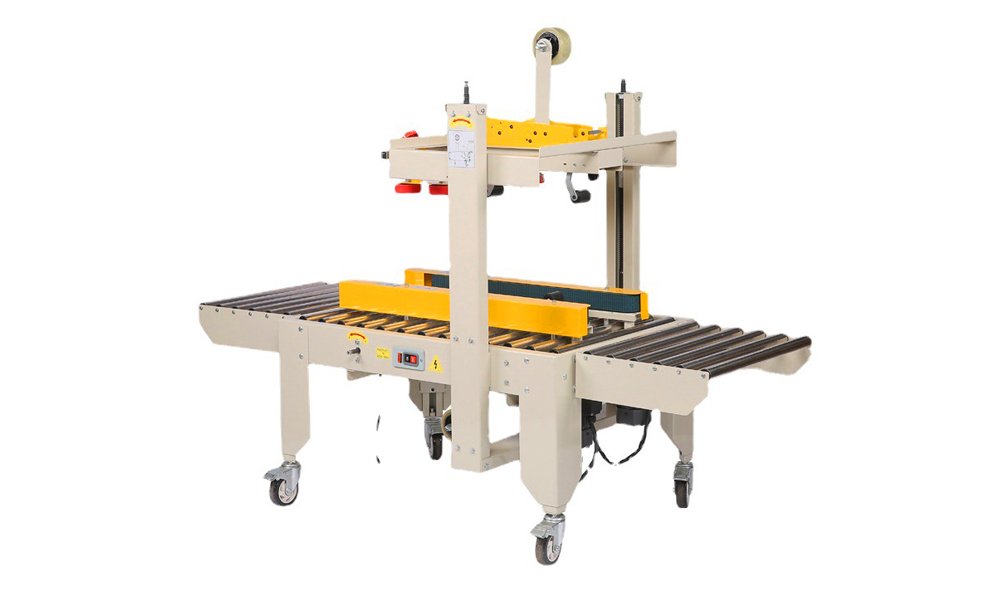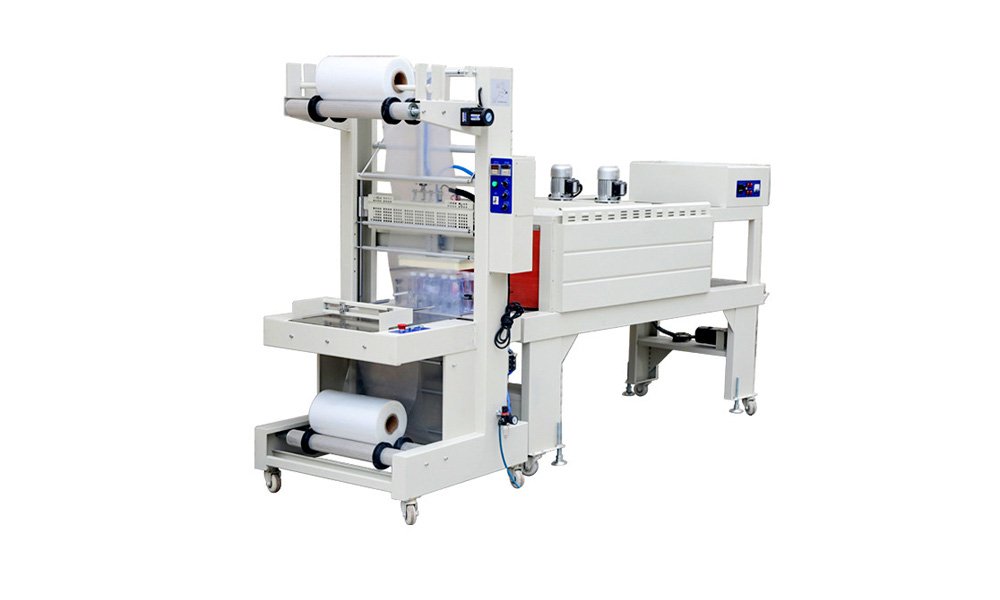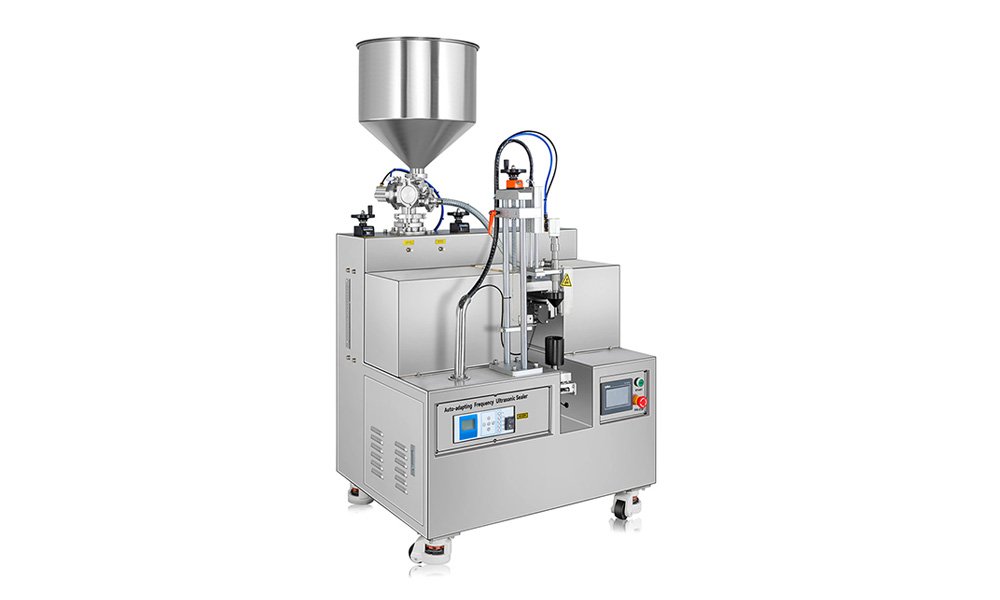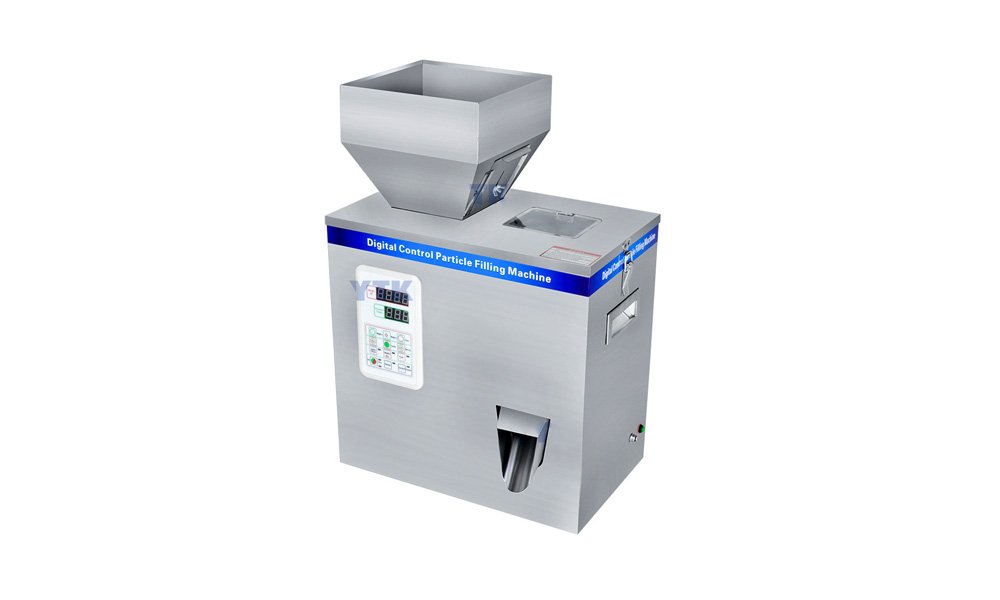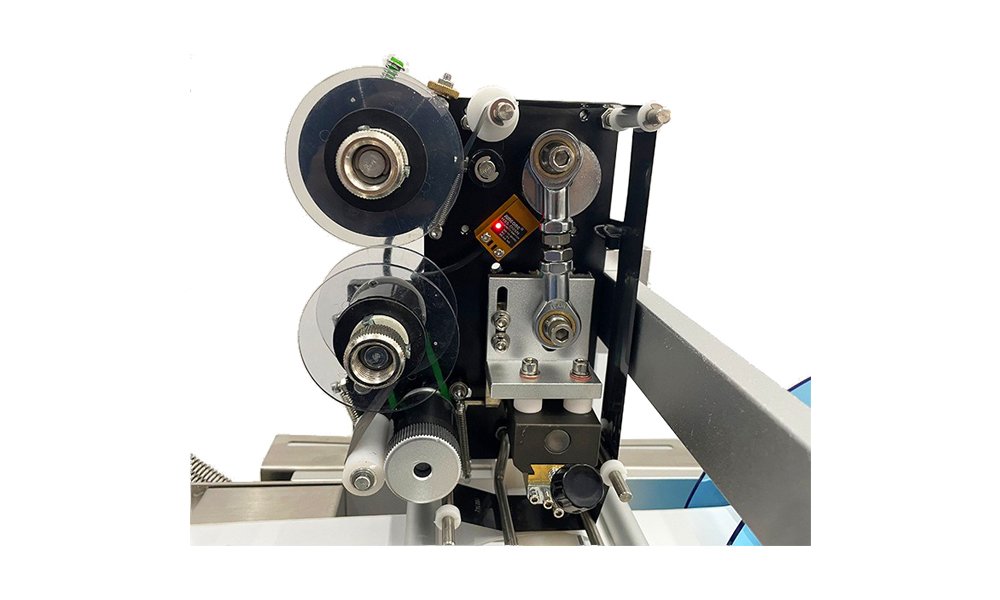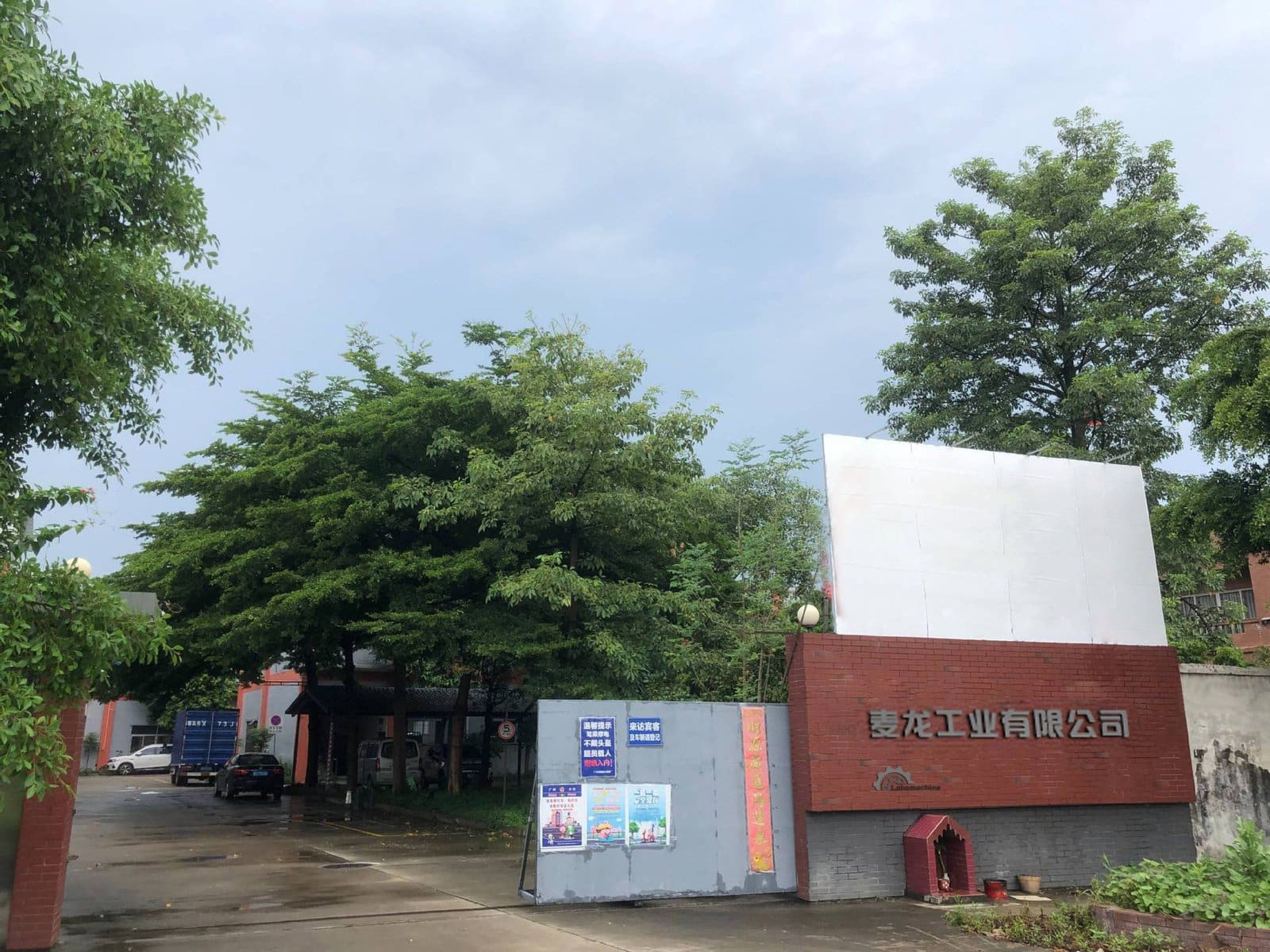In the packaging industry, ensuring every product is labeled correctly and efficiently is crucial. For products like bowls, glassware, and storage boxes, the bottom labeling machines are an essential tool designed specifically for this purpose.
A bottom labeling machine is a specialized equipment used for applying labels to the bottom surface of products, which typically have flat surfaces. These machines are a subset of flat labeling machines due to their focus on labeling flat surfaces, although they are distinct in their specific application.
Understanding these machines is key to optimizing your production line, particularly if you handle products requiring bottom labeling.
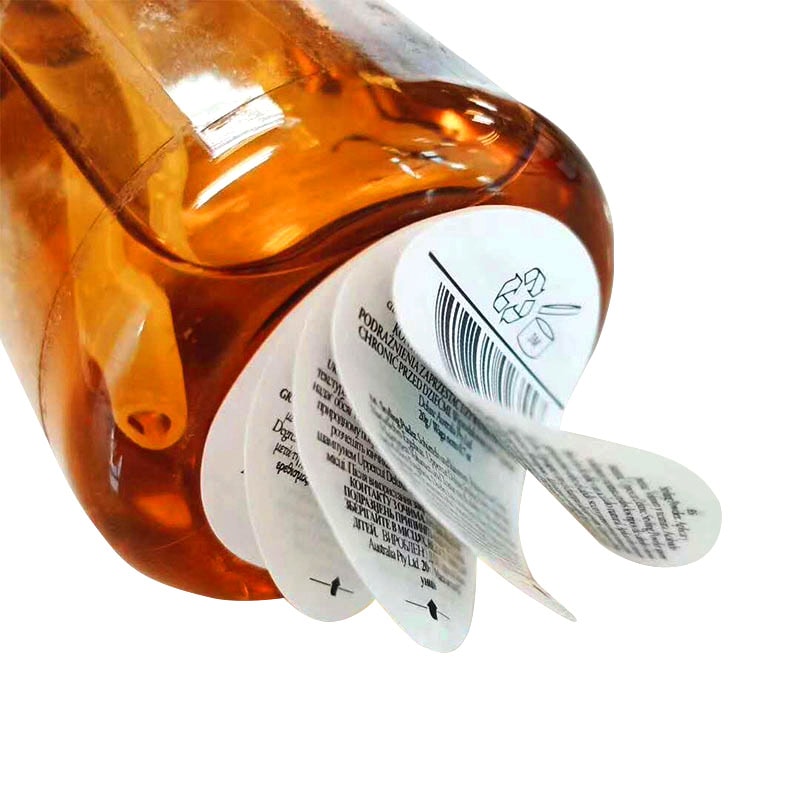
What is a Bottom Labeling Machine?
A bottom labeling machine is designed specifically for labeling the undersides of products such as bowls, glass cups, and storage boxes. These products often have flat bottoms, which makes them ideal candidates for this type of labeling. The machine’s primary function is to apply labels consistently and accurately to these bottom surfaces, ensuring that important product information, branding, or regulatory details are displayed where needed.
Technically, bottom labeling machines fall under the broader category of flat labeling machines. This classification is because the machine’s labeling process is optimized for flat surfaces. Whether it’s applying labels to the bottom of a container or a box, the machine is engineered to handle this specific task efficiently.
While their primary function is similar to other flat labeling machines, bottom labeling machines are uniquely configured to focus on the underside of products. This makes them particularly useful in industries where the bottom of the product is the best or only suitable area for label placement.
Key Features of Bottom Labeling Machines
The main feature of bottom labeling machines is their ability to apply labels to the underside of products. This differentiates them from other labeling machines that apply labels to the top, sides, or around the circumference of products. The labeling mechanism in these machines is typically installed at the base of the equipment’s frame.
When a product is conveyed to the labeling position, a clamping mechanism secures the product in place. This ensures that the product remains steady, allowing the labeling head to apply the label to the bottom surface with precision. The clamping mechanism can vary in design but generally serves the purpose of stabilizing the product during the labeling process.
In contrast to other labeling machines, the placement of the labeling head in bottom labeling machines is crucial. It must be positioned underneath the product conveyor to effectively label the bottom surface. This design not only ensures accurate label application but also allows the machine to integrate seamlessly into existing production lines where products are conveyed for bottom labeling.

Which Industries or Products Are They Primarily Used For?
Bottom labeling machines are versatile and find applications across a range of industries. One of the most common uses is in the food industry, where products like jars, bottles, and containers often require labels on their bottoms for tracking, nutritional information, or expiration dates. These machines ensure that the labels are applied uniformly, meeting regulatory standards and consumer expectations.
In the pharmaceutical industry, bottom labeling machines are critical for applying labels to the underside of medication bottles, vials, or packaging. The accuracy required in this industry makes these machines invaluable, as the labels often carry important information such as batch numbers, expiration dates, and dosage instructions.
The cosmetics industry also benefits greatly from bottom labeling machines. Products such as creams, lotions, and makeup containers often have limited surface area for labeling. By utilizing the bottom surface, companies can keep the product’s aesthetic appeal intact while ensuring all necessary information is conveyed. The versatility of bottom labeling machines also extends to other products like electronics, where the bottom surface is the ideal place to apply regulatory labels and product information.
How Does It Apply Labels to Products?
The labeling process in bottom labeling machines is similar to that of conventional flat labeling machines, with the primary difference being the position of the label. As the product reaches the labeling station, a clamping mechanism or a top-mounted cylinder presses down on the product, holding it in place. This ensures the product is stable and ready for the labeling process.
The labeling mechanism, positioned at the bottom of the machine, then applies the label to the product’s underside. This process is highly automated, with sensors detecting the exact position of the product to ensure the label is applied precisely where needed. The process is efficient and ensures that each product is labeled accurately, even at high speeds.
What makes these machines particularly effective is their ability to handle different product sizes and shapes with minimal adjustments. Whether you’re labeling small jars or larger containers, the machine can be adjusted to accommodate various dimensions, ensuring a consistent and accurate labeling process across the board.
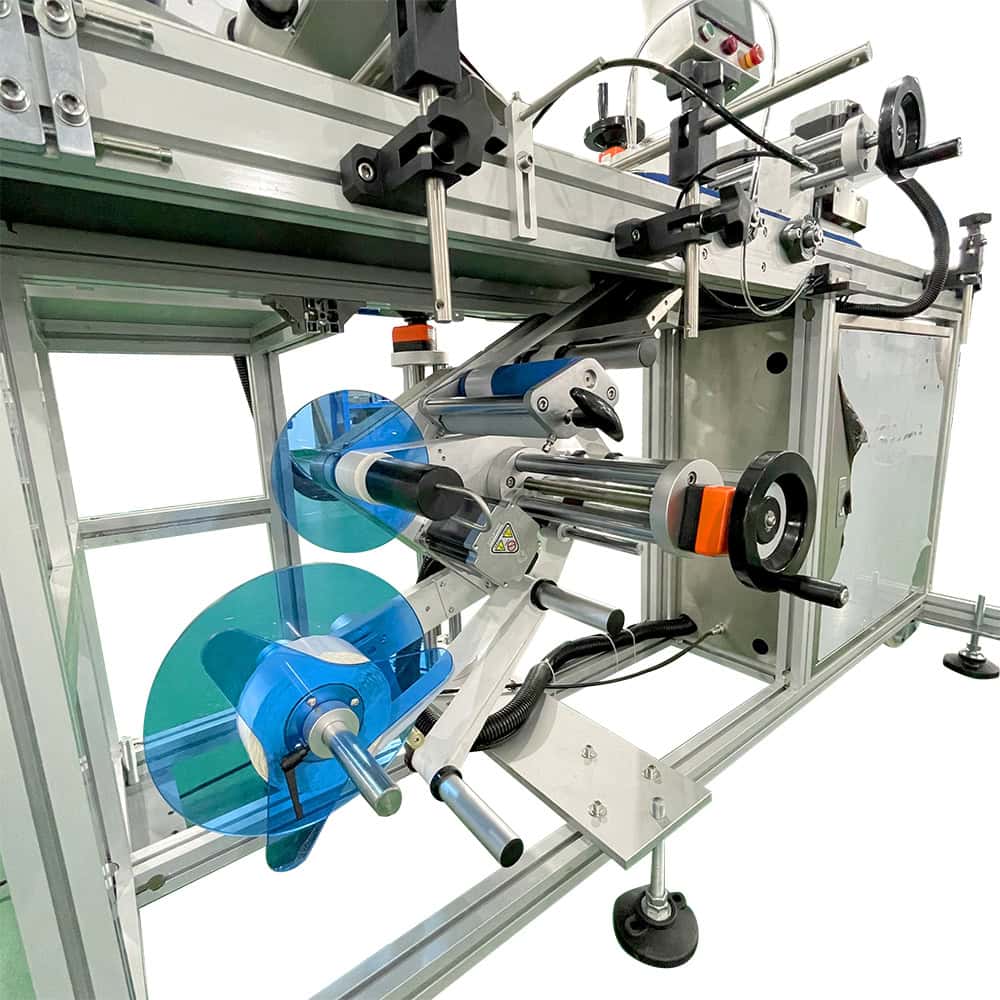
What Are the Main Components of This Machine?
Bottom labeling machines are typically linear in design, meaning that products are labeled as they move along a straight conveyor belt. This linear setup allows the machine to integrate easily into existing production lines, making it a flexible choice for manufacturers.
The primary components of a bottom labeling machine include the conveyor system, which moves the product into position, the clamping mechanism that holds the product steady, and the labeling head that applies the label to the bottom surface. The conveyor system is designed to handle a variety of product sizes, ensuring that each product is correctly positioned for labeling.
These machines can also be connected with upstream equipment, such as filling machines, to form a fully integrated system known as a bottling and labeling machine. This setup allows for seamless transitions between filling and labeling processes, improving efficiency and reducing the need for multiple machines.
In some configurations, these machines are also referred to as bottom linear labeling machines. This term highlights their linear operation, which is crucial for maintaining speed and accuracy in high-volume production environments.
What About the Speed, Accuracy, and Ease of Use?
The speed, accuracy, and ease of use of bottom labeling machines are on par with those of conventional flat labeling machines. Since the basic principles and key operational functions are similar, these machines can operate at high speeds without sacrificing accuracy.
These machines are designed for efficiency, with most models capable of labeling hundreds of products per minute. The accuracy of the label placement is ensured by advanced sensors and software that control the labeling process, minimizing errors and ensuring that each label is applied in the correct position.
Ease of use is another significant advantage of these machines. Operators can quickly learn how to operate the machine, thanks to intuitive controls and user-friendly interfaces. Additionally, the machine’s ability to integrate with other equipment, such as bottom linear labeling machines, further enhances its ease of use and overall efficiency in the production line.
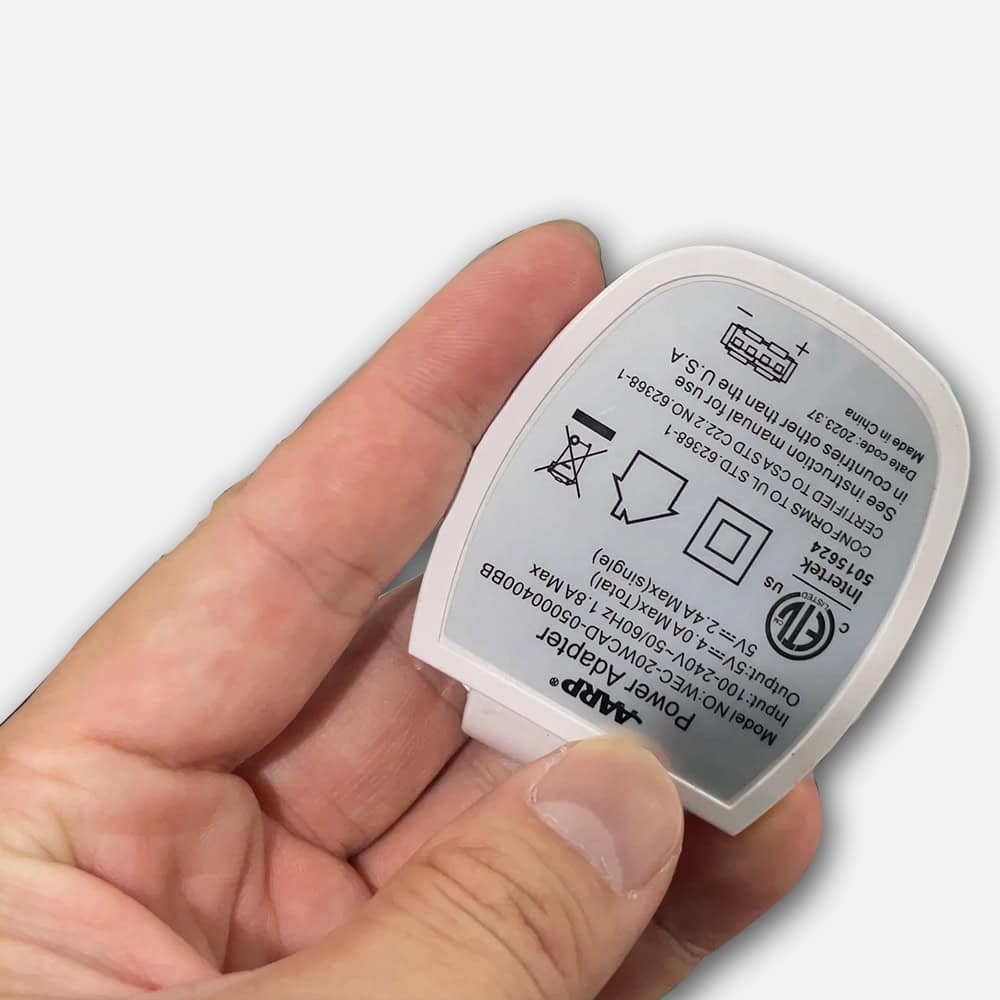
Common Issues with This Equipment and Their Solutions
Like any machine, bottom labeling machines can encounter issues that affect their performance. One common problem is label misalignment, where the label is not applied in the correct position. This can occur due to incorrect settings, wear and tear on the labeling head, or issues with the conveyor system. Regular maintenance and calibration are essential to prevent this issue.
Another issue that may arise is label wrinkling. This occurs when the label is not applied smoothly to the product’s surface, leading to an unprofessional appearance. Label wrinkling can be caused by incorrect tension in the label roll, improper alignment of the labeling head, or issues with the product’s surface. Ensuring that the label roll tension is properly set and that the labeling head is correctly aligned can help resolve this problem.
Additionally, software glitches or errors can sometimes occur, causing the machine to malfunction or operate inefficiently. Keeping the machine’s software updated and performing regular system checks can help prevent these issues. In more complex cases, contacting the manufacturer for technical support may be necessary to resolve software-related problems.
How Does It Differ from Conventional Labeling Machines?
The primary difference between bottom labeling machines and conventional labeling machines lies in the placement of the label. While conventional machines are typically designed to apply labels to the front, back, or sides of a product, bottom labeling machines are specifically engineered to apply labels to the product’s underside.
This difference in label placement requires a unique machine configuration. The labeling head must be positioned underneath the product conveyor, and the machine must include a clamping mechanism to hold the product steady during labeling. This specialized design ensures that the label is applied accurately and consistently, even on products with irregular or challenging shapes.
Another difference is the application focus. Bottom labeling machines are specifically used in situations where the underside of the product is the most appropriate or only viable place for a label. This makes them ideal for certain products and industries where conventional labeling machines may not be suitable.

How to Customize a Bottom Labeling Machine?
Customizing a bottom labeling machine is essential for companies with specific labeling requirements or those that produce a wide range of products. Customization begins with assessing the needs of the production line and determining the specific features required for the labeling process.
One of the most common customizations involves the labeling head. This component can be adjusted or modified to handle different label sizes and shapes, ensuring that the machine can accommodate a variety of products. For companies that produce multiple products, this flexibility is crucial.
Another area of customization is the integration of the labeling machine with other production line equipment, such as filling machines or conveyors. By integrating the bottom labeling machine with upstream or downstream equipment, companies can create a seamless and efficient production process. This customization can also include configuring the machine to work with bottom linear labeling machines, enhancing overall production efficiency.
How Compatible Is This Equipment with Other Systems?
These machines are highly compatible with other systems, making them an excellent choice for manufacturers with complex production lines. These machines are designed to handle various product sizes and shapes, provided the products have flat surfaces suitable for bottom labeling.
Compatibility extends to the machine’s ability to integrate with other equipment, such as conveyors, filling machines, and other labeling systems. This flexibility allows the bottom labeling machine to be part of a larger, more complex production system, enabling manufacturers to achieve higher levels of efficiency and productivity.
However, it’s important to note that these machines are best suited for flat products. Round or cylindrical products may not be ideal candidates for bottom labeling, as the machine is specifically designed for flat surfaces. Understanding this limitation is key to ensuring that the machine is used effectively within the production line.
Conclusion
Bottom labeling machines are essential tools for applying labels to the undersides of products, offering precision, efficiency, and versatility. By understanding their features, customization options, and compatibility with other systems, manufacturers can make informed decisions that enhance their production processes and ensure compliance with industry standards.
